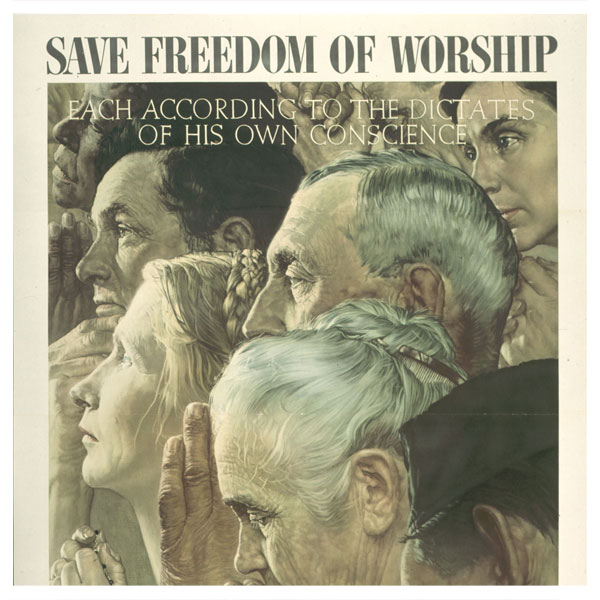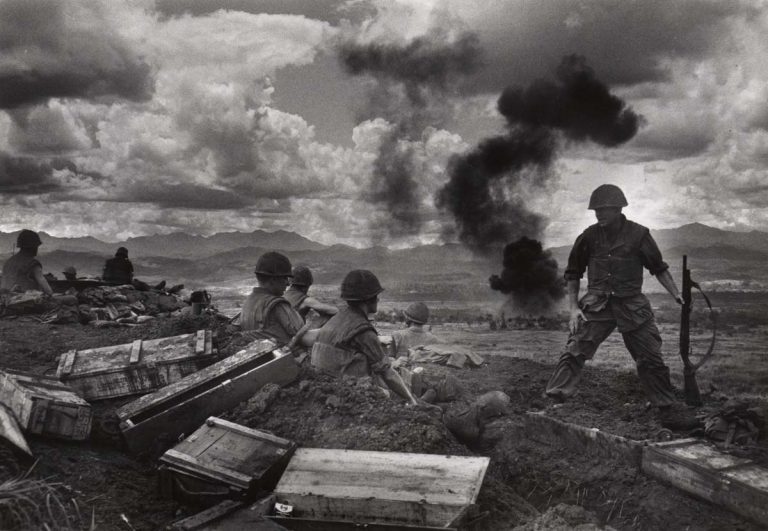On January 6, 1941, Franklin Delano Roosevelt delivered a powerful State of the Union address. In it the president explained his decision to supply arms and materials to the Allied war effort. Occurring 11 months prior to U.S. entry into World War II, Roosevelt’s speech described the support as a… read more
Veterans Day
Celebrating the twenty-fifth anniversary of The Things They Carried
2015 marks the twenty-fifth anniversary of the publication of Tim O’Brien’s The Things They Carried, a ground-breaking meditation on war, memory, imagination, and the redemptive power of storytelling.
Veterans Day conversation with photojournalist (and Marine) David Douglas Duncan
The Ransom Center holds the archive of American photojournalist and author David Douglas Duncan, including his images of World War II and the Korean and Vietnam wars. In honor of Veterans Day, Ransom Center Research Curator of Photography Roy Flukinger asked Duncan about photography, being a Marine, his experiences as… read more



